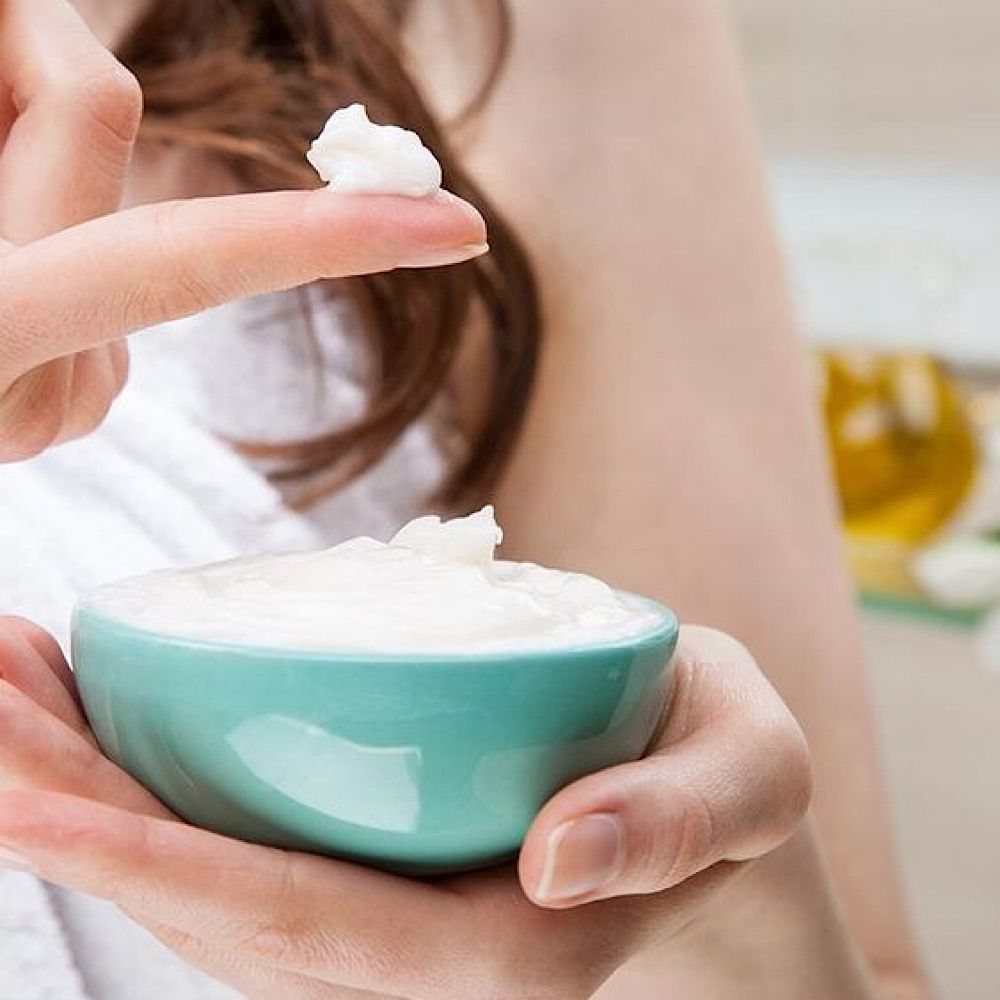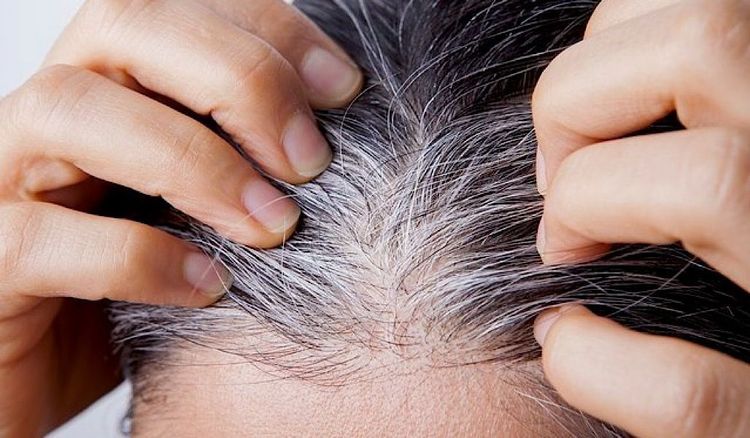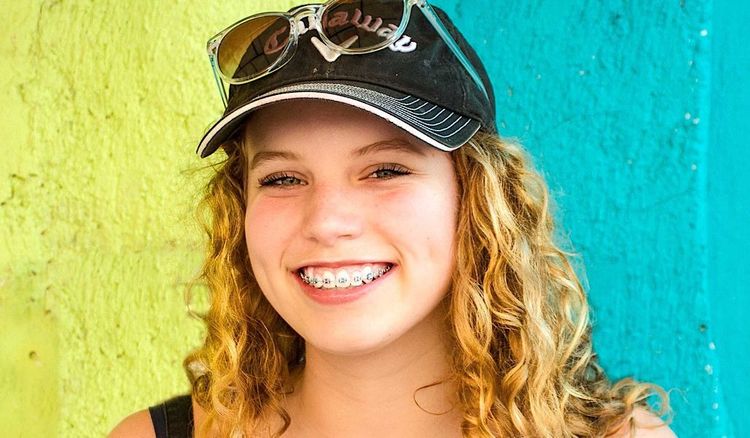How To Bleach or Dye Your Hair White Without Damaging It?

Are you tired of your natural hair color and craving a dramatic change?
Bleaching or dyeing your hair white can be a bold and stunning choice. However, it's important to remember that these processes can cause significant damage to your hair if not done correctly. The good news is that it's possible to achieve your desired look without sacrificing the health of your locks.
Let's explore ways to care for your newly bleached or dyed hair, so it stays healthy and beautiful.
1. Determine If Your Hair Is Healthy Enough To Bleach/Dye.

Before bleaching or dyeing your hair, examine your current hair condition.
The procedure's outcome and the long-term health of your hair can both be affected by its current state. Bleaching or dyeing can cause damage to the hair stem and cuticle, leading to breakage, split ends, and dryness.
If your hair is excessively shedding, brittle, or has an uneven texture, it may not be healthy enough to undergo the procedure. Additionally, if your hair has recently undergone chemical treatment, it may not be in the best state to receive additional treatments.
It's recommended that you wait until your hair is healthy again before bleaching or dyeing it. Using hair care products that are specifically designed for your hair type and issues can help you achieve this. To promote healthy hair, you can also opt for hair treatments such as deep conditioning, protein treatments, and regular trims.
To maintain healthy hair and minimize damage, take care of your hair both before and after the bleaching or dyeing procedure. If you're unsure about your hair's condition or the procedure, it's always best to seek advice from a qualified hair stylist or colorist.
2. Use High-quality Bleach And Dye.

Using top-notch bleach and dye products is crucial for achieving a healthy, vibrant hair color while minimizing harm to your hair. Cheaper products often contain harsh chemicals that can strip your hair of its natural lipids, leaving it brittle and dry.
In contrast, high-quality products contain nourishing ingredients that can help protect your hair and keep it healthy throughout the coloring process. They may also be easier to apply and produce a more even color due to their smoother texture. Additionally, using high-quality bleach and dye products can ensure that the color lasts longer and appears more vibrant. Cheaper products may fade quickly and result in a washed-out, dull hue.
When selecting bleach and dye products, it's important to read labels carefully and choose ones that are specifically designed for your hair type and desired color. To prevent any negative reactions, it's also recommended to perform a patch test before applying the products to your entire head.
3. Use A Pre-Treatment.

Pre-treatment is often overlooked when it comes to bleaching or coloring hair, but it is a crucial step in preventing damage and maintaining hair health. Prior to bleaching or dyeing your hair, you can strengthen it by using a pre-treatment such as a protein treatment or deep conditioner to increase its resilience to breakage and damage.
It can reduce the risk of dryness and split ends during the coloring process. Pre-treatments can also help ensure vibrant results and even color distribution. By taking a few extra minutes to pre-treat your hair, you can achieve the desired look without compromising the health of your hair.
4. Time The Bleach Correctly.

Bleaching your hair can be a challenging task, and leaving the bleach on for too long can cause serious damage or even hair loss.
The key to achieving your desired results while maintaining the strength and health of your hair is timing the bleaching process correctly. It is recommended that you monitor your hair closely during the bleaching process and remove the bleach as soon as the desired level is achieved to avoid over-processing.
This also prevents your hair from becoming too light or developing a brassy tone.
Keep in mind that the duration of time that the bleach should be left on your hair will vary depending on your original hair color, hair type, and desired outcome.
5. Rinse Your Hair With Cool Water.

To prevent further damage to your hair after bleaching or dyeing, rinse it with cold water.
Cool water helps to seal the hair cuticles, maintain moisture, enhance shine, and promote hair health. Using hot water can damage the cuticles and make them more brittle. Additionally, a cool rinse can help to maintain the vibrancy of your newly dyed hair and minimize color fading.
It's important to remember that, despite the temptation, you should wait at least 24 hours before shampooing your hair after coloring or bleaching. This will allow the color to set and prevent further damage.
6. Use A Toner.

Your hair may sometimes have unwanted brassy or golden tones after bleaching. To balance these tones and achieve a healthy, bright look, a toner is a crucial item.
Toners work by adding color to your hair to balance out undesirable tones and create an even, well-balanced appearance. Purple and blue toners, in particular, are effective at neutralizing yellow and orange tones.
Choosing a toner that matches your hair type and color is important for the best results. Additionally, toners can help to close the hair cuticle, resulting in a smoother and shinier appearance.
Bleach and dye can be tricky, so approach them with caution, patience, and a sense of humor. And if all else fails, there's always the trendy "skunk stripe" look to embrace!
With these tips and tricks, you're on your way to achieving the beautiful, vibrant, and healthy head of hair you've always wanted.
Thanks for your reading and happy styling!


